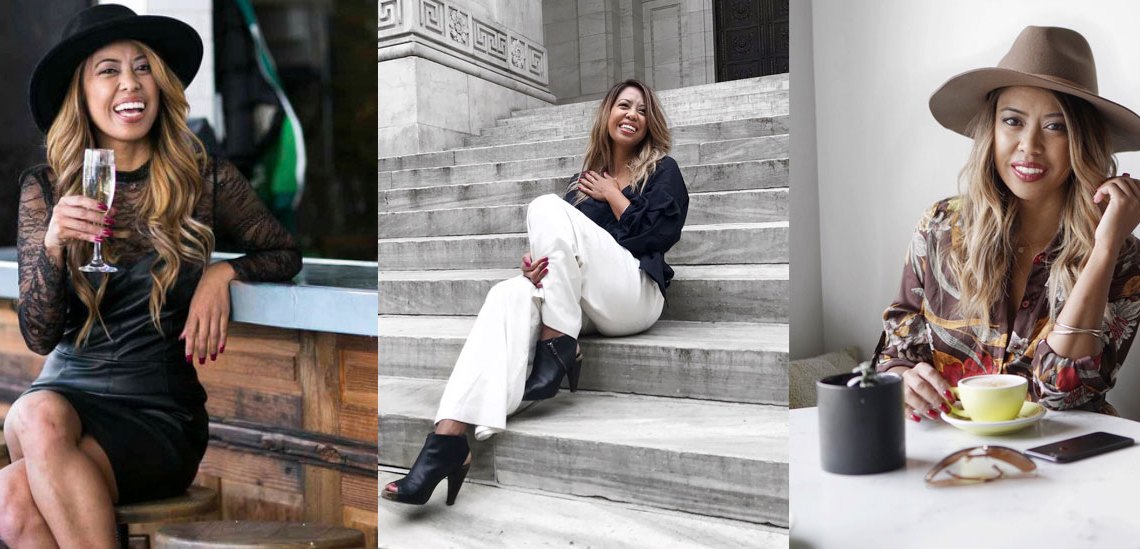For many, influencer marketing invokes images of products aesthetically photographed and blasted to a mass following — a marketing effort more like a shotgun than the surgical strike demanded by digital. It’s easy to see how brands might interpret the tactic as something impersonal, best suited for retailers with mass appeal. But influencer marketing is most effective when it gets personal.
Businesses operating in niche spaces can see returns by cultivating the right partnerships, connecting personalities to products. With the holidays fast approaching, many brands are turning to targeted influencer campaigns to get their offerings on as many wish lists as possible. One thing that’s clear: The right pairing takes more than simply matching a social star to a brand — their audience has to click, too.
“When pairing influencers with brands, the most important thing is finding out who the brand is,” says Mae Karwowski, CEO and founder of influencer tech and marketing firm Obviously. “Who is your target consumer? What do they look like? If your target consumer is a woman who lives in the Midwest, who is between the ages of 30 and 45, then we’re going to find you influencers who not only fit those demographics, but have an audience in that demographic as well.”
This philosophy goes double for brick-and-mortar businesses looking to drive foot traffic to a physical, fixed location. Karwowski recalls a Santa Monica-based retail business that sought out a particular “Instagirl” from LA without doing their homework on her following.
“Most of her audience is in Japan,” said Karwowski. “They’re not going to come in for sales in their Santa Monica retail pop-up. That’s always really important.”
The same is true – perhaps even truer – for service industries, where geo-targeted campaigns can substantially boost foot traffic. In the hair and beauty industry, nothing is more eye-catching on social than daring dyes, where consumers’ Instagrams can act as living ads for a salon’s skill and expertise. Rogue House Salon, an East Village business founded in 2016, is an expert in color.
The salon leverages its social media channels to the fullest, posting daily stories and photos for their 14,800-strong following. “For a business [to succeed] today, you have to be marketable, and being marketable means being on social,” explains salon owner and influencer Jamielynn De Leon.
Ad position: web_incontent_pos1
Knowing firsthand the power of presentation, De Leon had the salon itself designed as an Instagrammable space, with social media-friendly backdrops, professional lighting and stylists eager to snap pics of their latest work. Suddenly, every patron has the ability to become a brand ambassador in their own right — endorsing the salon’s skills to their own local networks of family and friends.
But while organic traffic is a boon to any business, Obviously felt that Rogue House was also ripe for a planned social campaign bolstered by micro-influencers — social starlets with dedicated followings of between 5 and 70,000. Their strategy was to focus on Rogue House’s expertise in wild hair colors, a niche offering that sets them apart from a sea of salons and beauty-enthused followers.
“These micro-influencers need to have high engagement and a large percentage of their following in or around that location,” explains Karwowski. “You can work with more of them because you’re either paying them less, or giving them less product than you would a macro-level influencer. You’re reaching a much more targeted audience, but in a higher quality.”
For many brands, the idea that bigger isn’t always better when it comes to followers can be challenging to comprehend. But considering the rising costs of influencer marketing, Karwowski feels it’s a vital lesson to learn.
“The newest trend is to form a pyramid strategy,” she explains. “Figuring out where a brand will have one or two very large influencers who are at celebrity-level status, and then working with a secondary tier of micro-influencers who are selling very much on brand.”
Ad position: web_incontent_pos2
By shifting the heavy lifting of a brand’s messaging onto the shoulders of micro-influencers, that brand forms a more personal, relevant connection between all parties involved — a vital part of the process, especially when a niche product or industry is involved.
For De Leon at the Rogue House Salon, the pairing between brand and influencer has so far been a match made in bold-hued heaven — and it’s actually led to some long-term partnerships. “What’s really been great is that the influencers come to us through a campaign, but after our initial meeting, they’re like, ‘I really want to stay here,’ and then they just post and tag us because they love us,” she says.
“That’s what authenticity looks like. They’re able to come into our space and be like, I really love this salon. This is my hair place. And they’re spreading that connection into their network.”




